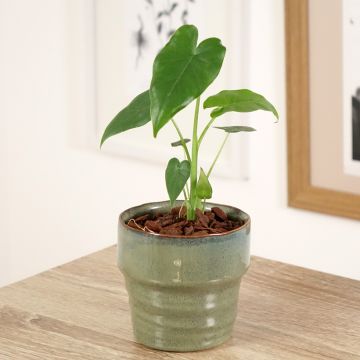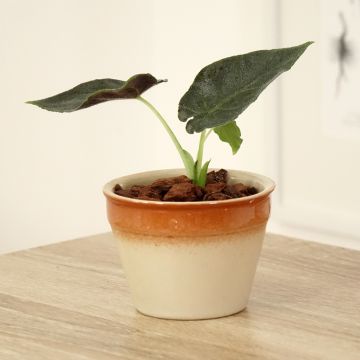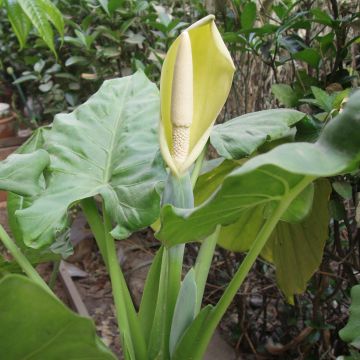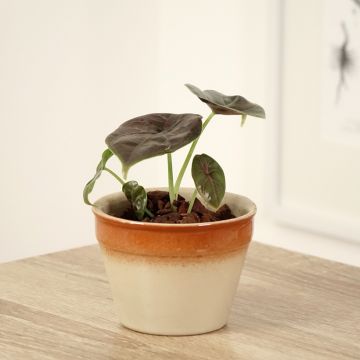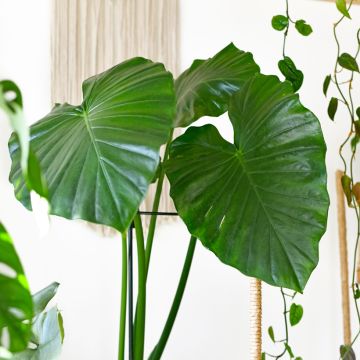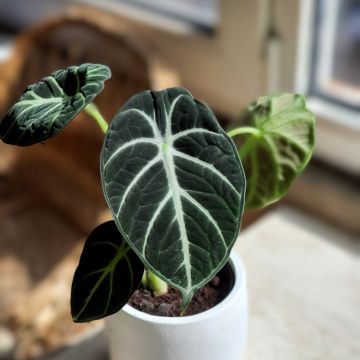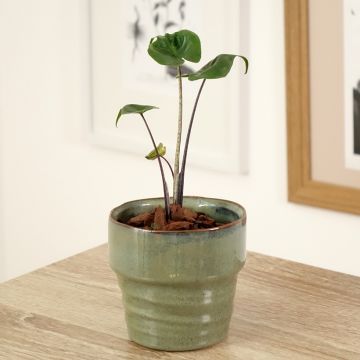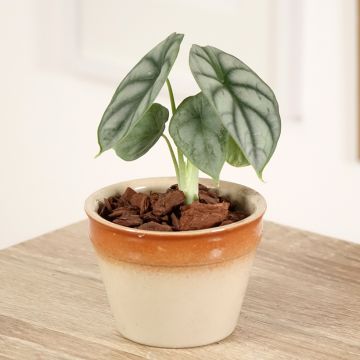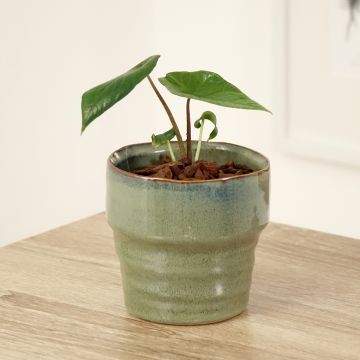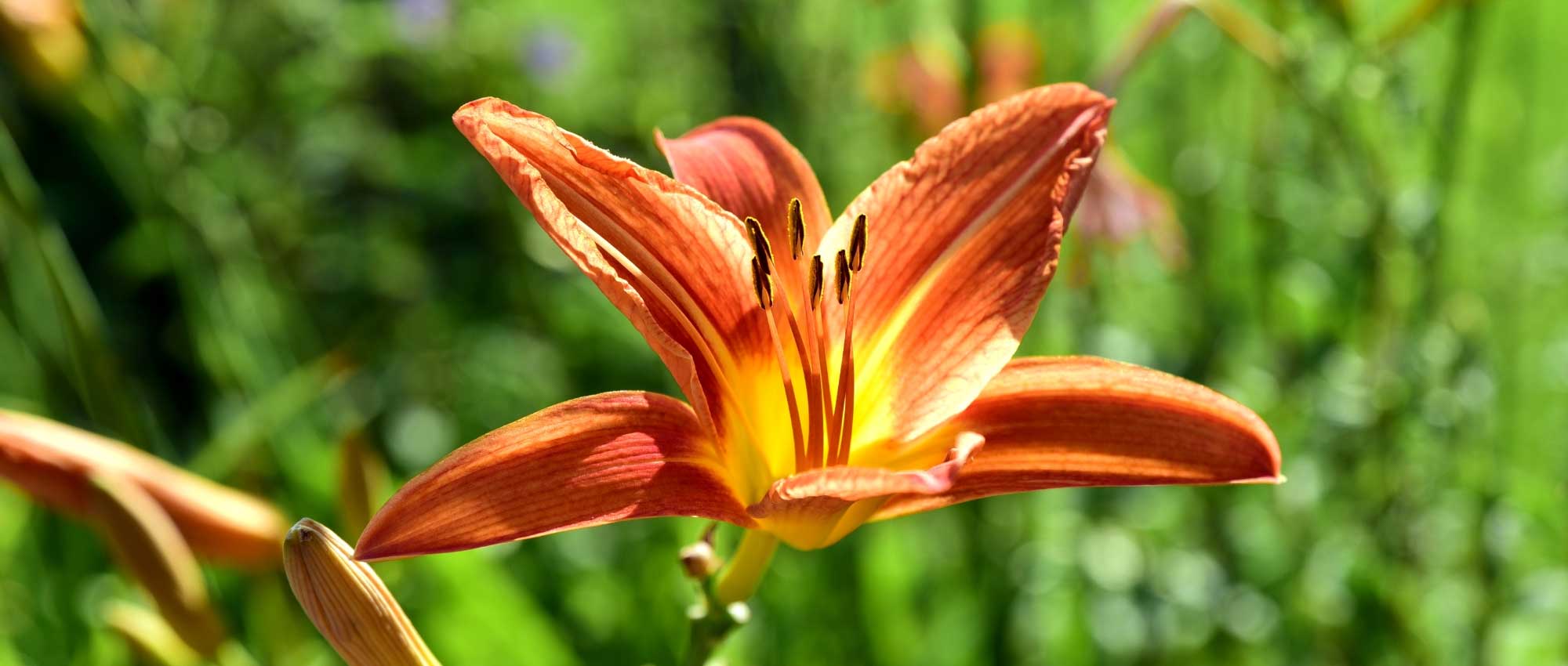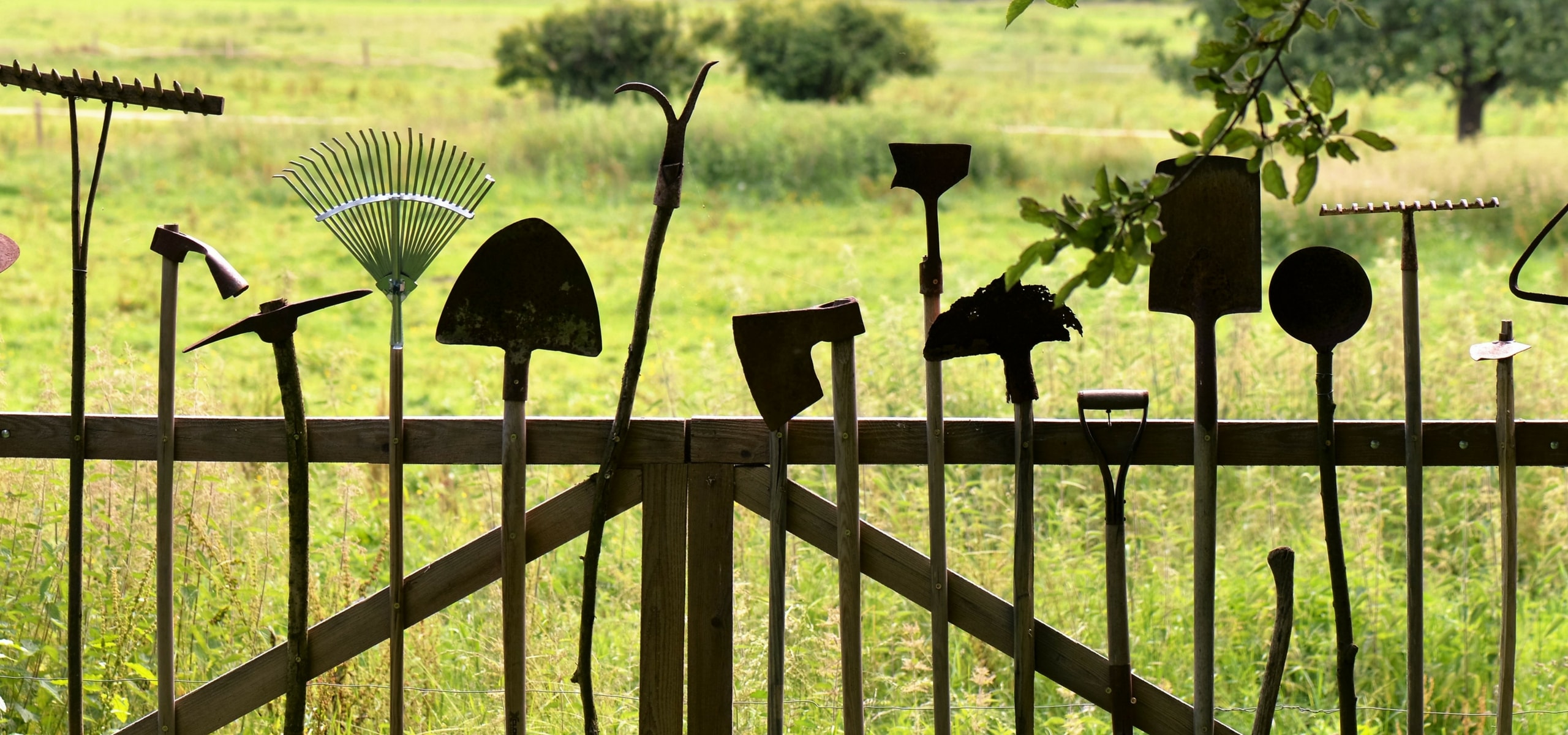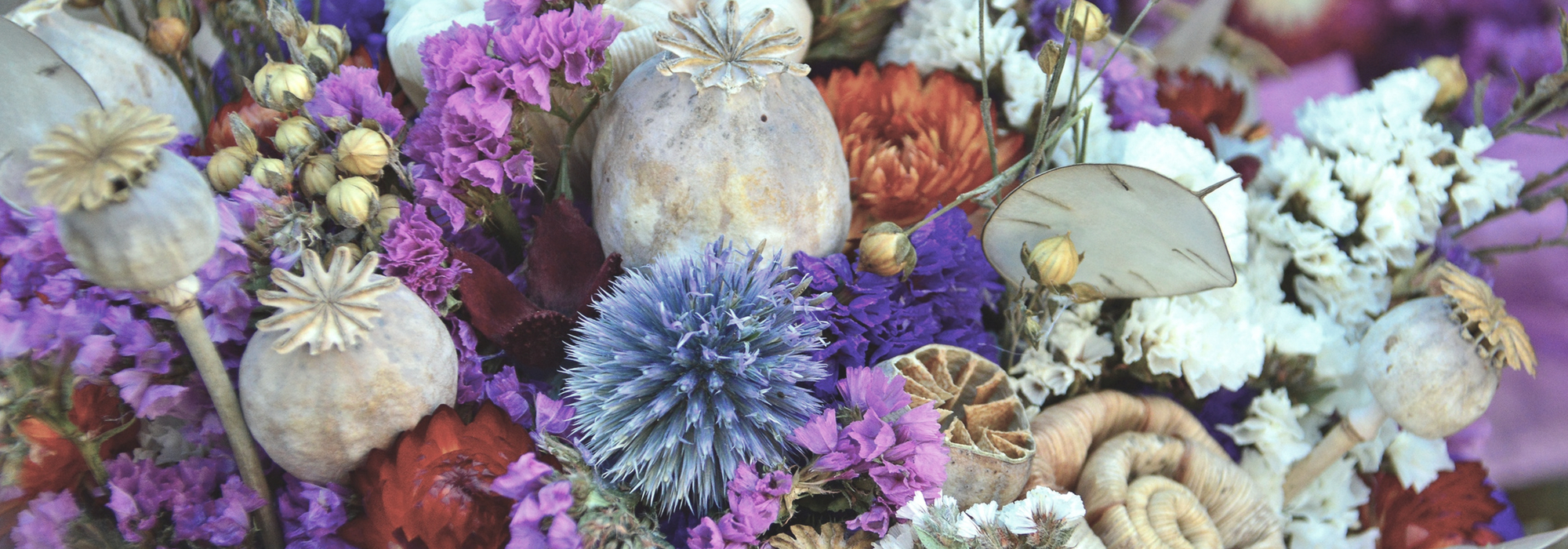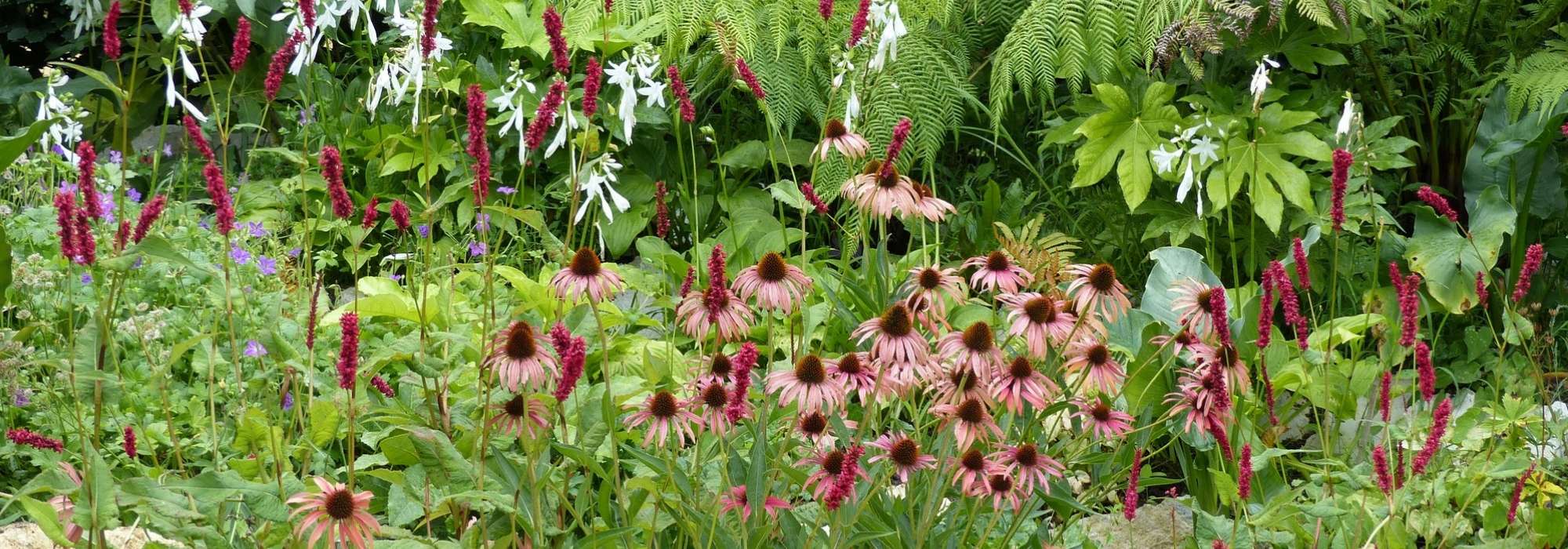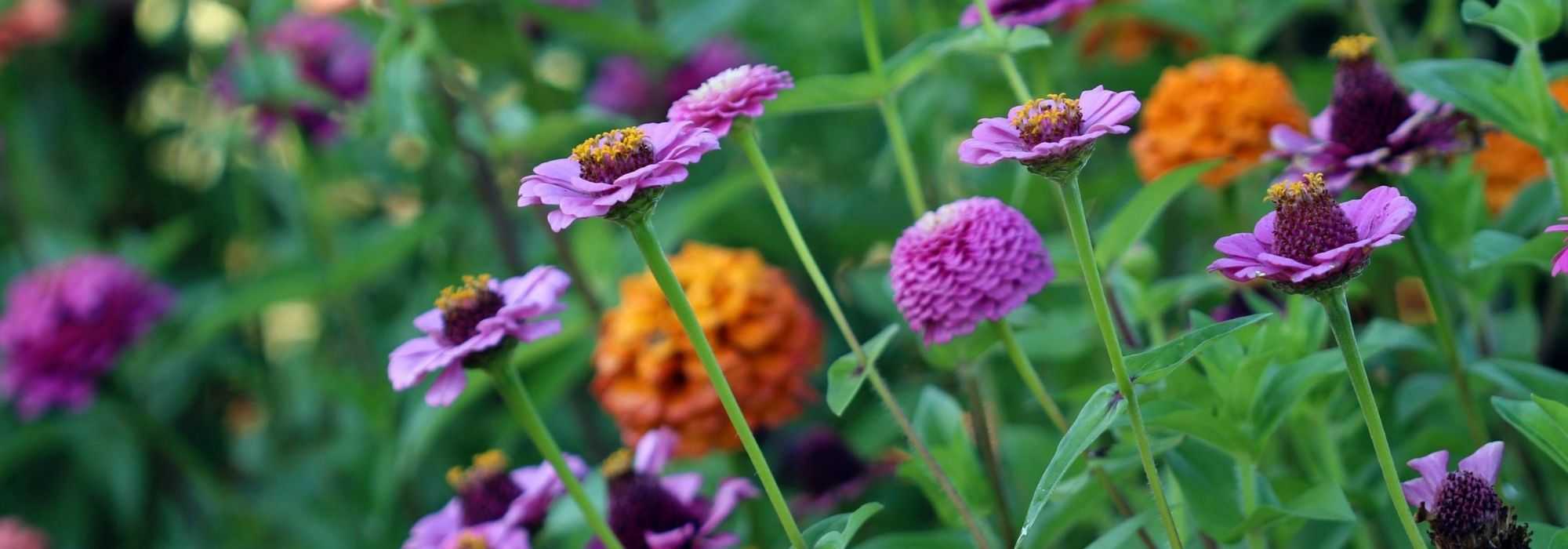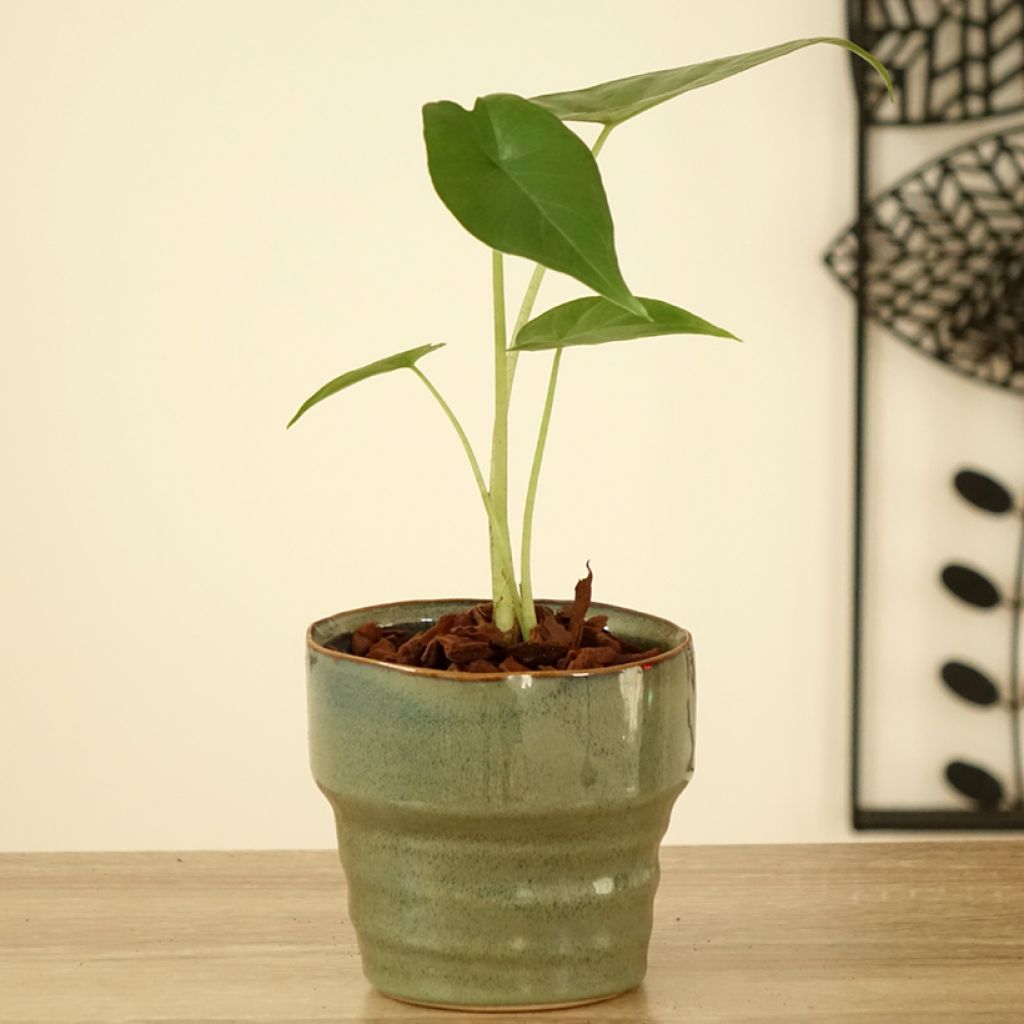

Alocasia Sumo® - Elephant's Ear


Alocasia Sumo® - Elephant's Ear


Alocasia Sumo® - Elephant's Ear
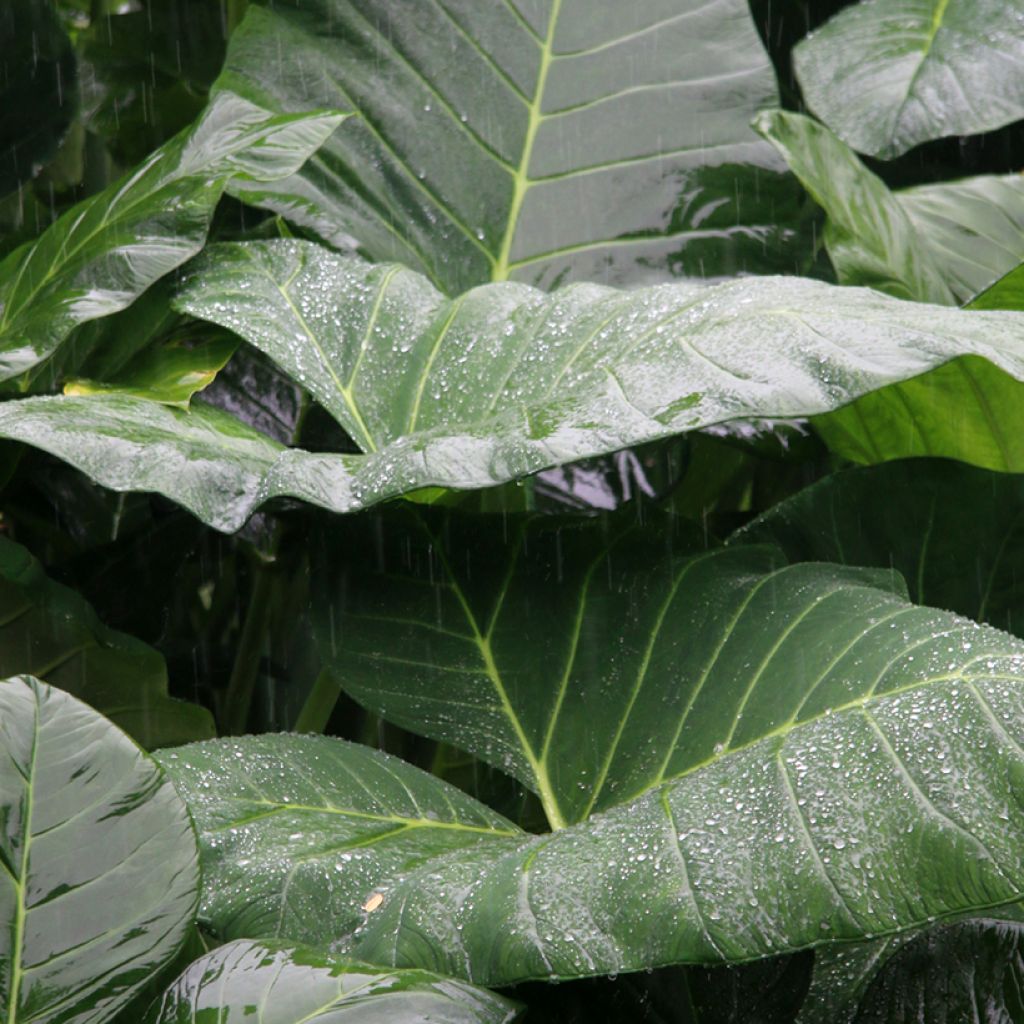

Alocasia Sumo® - Elephant's Ear
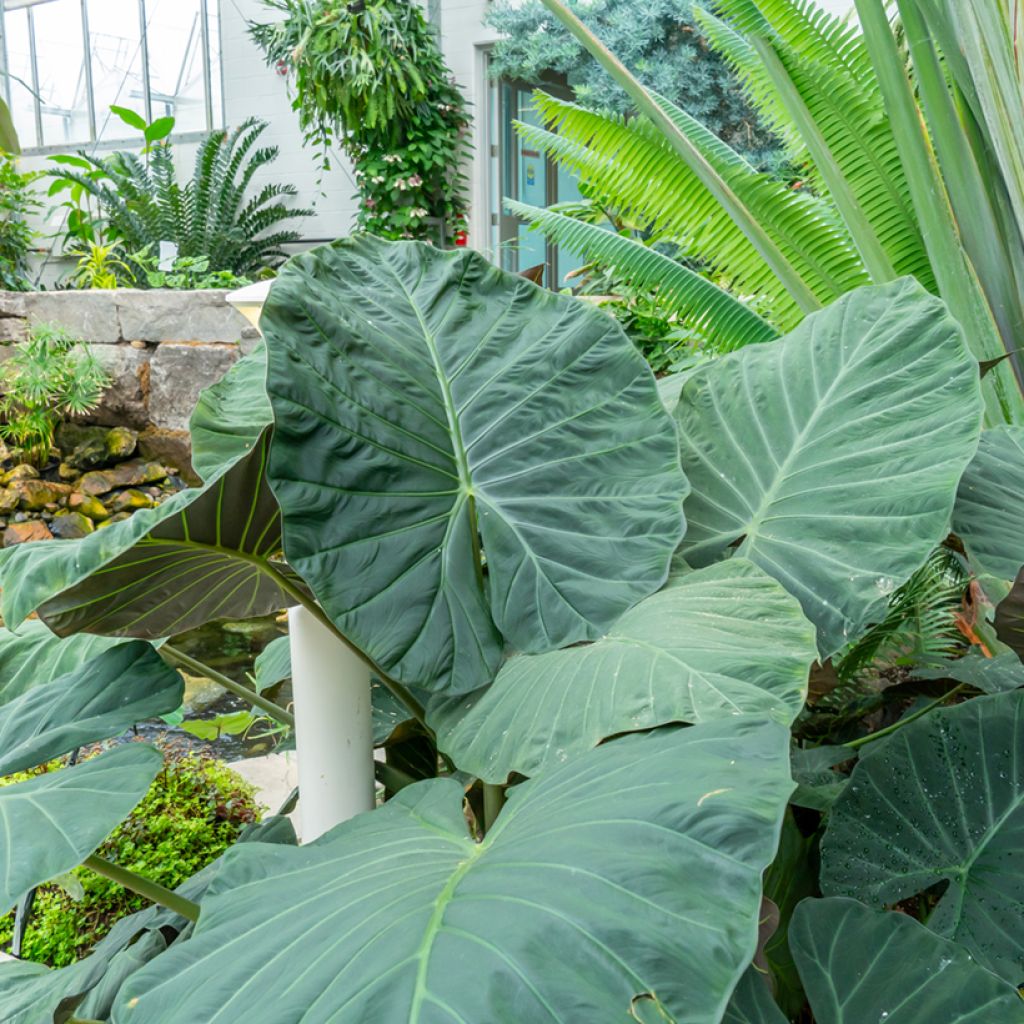

Alocasia Sumo® - Elephant's Ear
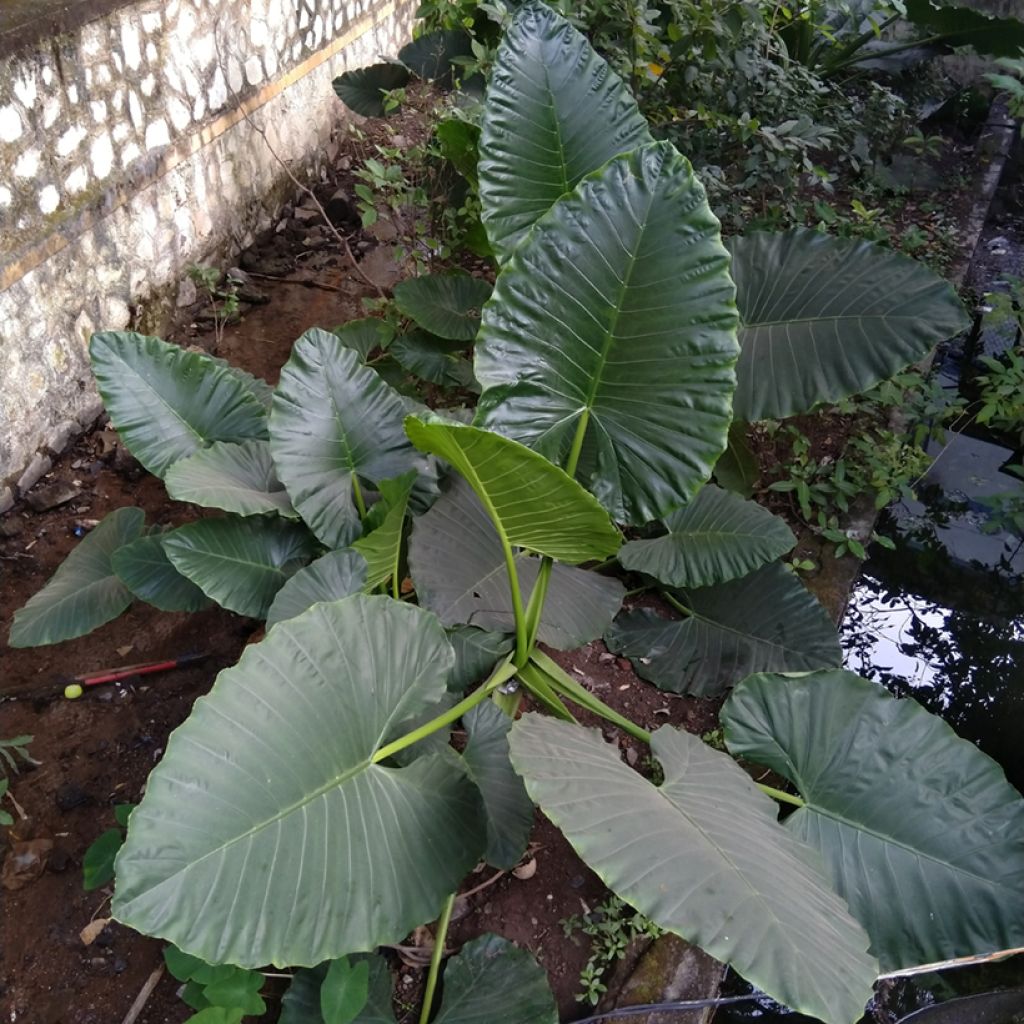

Alocasia Sumo® - Elephant's Ear
Alocasia Sumo® - Elephant's Ear
Alocasia Sumo® 'ALOSUM'
Giant taro, elephant’s ears
Special offer!
Receive a €20 voucher for any order over €90 (excluding delivery costs, credit notes, and plastic-free options)!
1- Add your favorite plants to your cart.
2- Once you have reached €90, confirm your order (you can even choose the delivery date!).
3- As soon as your order is shipped, you will receive an email containing your voucher code, valid for 3 months (90 days).
Your voucher is unique and can only be used once, for any order with a minimum value of €20, excluding delivery costs.
Can be combined with other current offers, non-divisible and non-refundable.
Why not try an alternative variety in stock?
View all →This plant carries a 30 days recovery warranty
More information
We guarantee the quality of our plants for a full growing cycle, and will replace at our expense any plant that fails to recover under normal climatic and planting conditions.
Description
The Alocasia 'Sumo' is a variety that perfectly lives up to its nickname of 'Elephant Ear'. It is a majestic indoor plant that adds an intensely tropical touch to your decor. Its huge plicate, dark green leaves with a purple underside are impossible to ignore. To keep it comfortable, place it in a bright spot without direct sunlight and maintain high ambient humidity. Regular watering, allowing the substrate to slightly dry out between waterings, helps prevent overwatering.
The Alocasia 'Sumo' is a hybrid between Alocasia 'Portora' and Alocasia princeps 'Purple Cloak'. This herbaceous perennial exhibits rapid growth, reaching an indoor height of 90 cm to 1.20 m and a spread of about 90 cm. The plant has an elegant upright habit. Its heart-shaped leaves can grow up to one metre long. Their surface is smooth and slightly glossy. The intense green of the upper side contrasts with a deep purple underside. The prominent veins give the lamina a graphic texture. The leaves are supported by sturdy petioles ranging from purple to black. Although flowering is rare indoors, a mature plant may produce subtle inflorescences typical of the Araceae family. All parts of the Alocasia 'Sumo' are toxic if ingested, so it should be kept out of reach of children and pets.
The Alocasia genus originates from the tropical regions of Southeast Asia where these plants thrive in warm and humid environments, often in undergrowth. This origin explains its specific needs: filtered light, high humidity (around 60-70%), and a constant temperature between 15 and 27°C. Magnificent, they can sometimes be challenging to acclimatise to our interiors where the air is too dry. Their roots are also sensitive to excess moisture as well as drought. The ideal temperature for cultivation is around 20°C.
The Alocasia 'Sumo' is among the best varieties for infusing a tropical and lush atmosphere into your interior. With its imposing habit, this plant finds will fit in a contemporary living room where it will reign majestically. It will also blend beautifully with a bohemian decor, surrounded by ethnically patterned tapetums and wicker baskets, or in an urban jungle setting, accompanied by plants like Monstera deliciosa and Calathea orbifolia. In a conservatory, the Alocasia 'Sumo' will thrive fully if placed in a large matte ceramic or gold metal planter for a chic art deco effect. For an industrial style, opt for a black metal stand and pair it with raw wood furniture. Its sculptural silhouette will also fit into a Zen or minimalist decor. This variety forms a beautiful duo with an Alocasia Polly, to play with contrasts in size and colour, or a Ficus elastica 'Tineke'.
Report an error about the product description
Alocasia Sumo® - Elephant's Ear in pictures
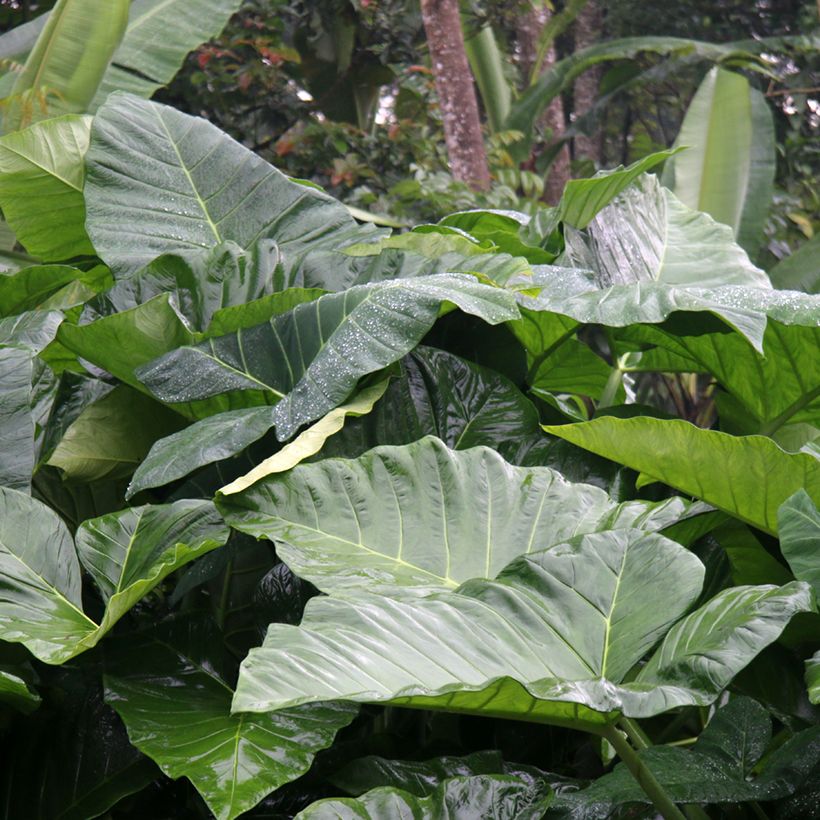



Foliage
Plant habit
Flowering
Botanical data
Alocasia
Sumo® 'ALOSUM'
Araceae
Giant taro, elephant’s ears
Cultivar or hybrid
Safety measures
atteintescutaneomuqueuses
Cette plante peut provoquer l'apparition de réactions cutanées indésirables, une atteinte des yeux, ou des difficultés respiratoires si elle est ingérée.
Ne la plantez pas là où de jeunes enfants peuvent évoluer. Evitez tout contact avec la peau: privilégiez l'emploi de gants pour la manipuler. En cas de contact, lavez-vous soigneusement les mains et rincez abondamment à l'eau la zone concernée. Lavez les vêtements entrés en contact. En cas de réaction cutanée, contactez votre médecin ou le centre antipoison le plus proche de chez vous. En cas d'atteinte étendue ou de difficultés respiratoires, appelez immédiatement le 15 ou le 112.Pensez à conserver l'étiquette de la plante, à la photographier ou à noter son nom, afin de faciliter le travail des professionnels de santé.
Davantage d'informations sur https://plantes-risque.info
Other Alocasia
View all →Location
Location
Maintenance and care
Watering tips
Potting advice, substrates and fertilisers
Houseplant care
Disease and pest advice
Maintenance and care
Planting & care advice
This item has not been reviewed yet - be the first to leave a review about it.
Haven't found what you were looking for?
Hardiness is the lowest winter temperature a plant can endure without suffering serious damage or even dying. However, hardiness is affected by location (a sheltered area, such as a patio), protection (winter cover) and soil type (hardiness is improved by well-drained soil).

Photo Sharing Terms & Conditions
In order to encourage gardeners to interact and share their experiences, Promesse de fleurs offers various media enabling content to be uploaded onto its Site - in particular via the ‘Photo sharing’ module.
The User agrees to refrain from:
- Posting any content that is illegal, prejudicial, insulting, racist, inciteful to hatred, revisionist, contrary to public decency, that infringes on privacy or on the privacy rights of third parties, in particular the publicity rights of persons and goods, intellectual property rights, or the right to privacy.
- Submitting content on behalf of a third party;
- Impersonate the identity of a third party and/or publish any personal information about a third party;
In general, the User undertakes to refrain from any unethical behaviour.
All Content (in particular text, comments, files, images, photos, videos, creative works, etc.), which may be subject to property or intellectual property rights, image or other private rights, shall remain the property of the User, subject to the limited rights granted by the terms of the licence granted by Promesse de fleurs as stated below. Users are at liberty to publish or not to publish such Content on the Site, notably via the ‘Photo Sharing’ facility, and accept that this Content shall be made public and freely accessible, notably on the Internet.
Users further acknowledge, undertake to have ,and guarantee that they hold all necessary rights and permissions to publish such material on the Site, in particular with regard to the legislation in force pertaining to any privacy, property, intellectual property, image, or contractual rights, or rights of any other nature. By publishing such Content on the Site, Users acknowledge accepting full liability as publishers of the Content within the meaning of the law, and grant Promesse de fleurs, free of charge, an inclusive, worldwide licence for the said Content for the entire duration of its publication, including all reproduction, representation, up/downloading, displaying, performing, transmission, and storage rights.
Users also grant permission for their name to be linked to the Content and accept that this link may not always be made available.
By engaging in posting material, Users consent to their Content becoming automatically accessible on the Internet, in particular on other sites and/or blogs and/or web pages of the Promesse de fleurs site, including in particular social pages and the Promesse de fleurs catalogue.
Users may secure the removal of entrusted content free of charge by issuing a simple request via our contact form.
The flowering period indicated on our website applies to countries and regions located in USDA zone 8 (France, the United Kingdom, Ireland, the Netherlands, etc.)
It will vary according to where you live:
- In zones 9 to 10 (Italy, Spain, Greece, etc.), flowering will occur about 2 to 4 weeks earlier.
- In zones 6 to 7 (Germany, Poland, Slovenia, and lower mountainous regions), flowering will be delayed by 2 to 3 weeks.
- In zone 5 (Central Europe, Scandinavia), blooming will be delayed by 3 to 5 weeks.
In temperate climates, pruning of spring-flowering shrubs (forsythia, spireas, etc.) should be done just after flowering.
Pruning of summer-flowering shrubs (Indian Lilac, Perovskia, etc.) can be done in winter or spring.
In cold regions as well as with frost-sensitive plants, avoid pruning too early when severe frosts may still occur.
The planting period indicated on our website applies to countries and regions located in USDA zone 8 (France, United Kingdom, Ireland, Netherlands).
It will vary according to where you live:
- In Mediterranean zones (Marseille, Madrid, Milan, etc.), autumn and winter are the best planting periods.
- In continental zones (Strasbourg, Munich, Vienna, etc.), delay planting by 2 to 3 weeks in spring and bring it forward by 2 to 4 weeks in autumn.
- In mountainous regions (the Alps, Pyrenees, Carpathians, etc.), it is best to plant in late spring (May-June) or late summer (August-September).
The harvesting period indicated on our website applies to countries and regions in USDA zone 8 (France, England, Ireland, the Netherlands).
In colder areas (Scandinavia, Poland, Austria...) fruit and vegetable harvests are likely to be delayed by 3-4 weeks.
In warmer areas (Italy, Spain, Greece, etc.), harvesting will probably take place earlier, depending on weather conditions.
The sowing periods indicated on our website apply to countries and regions within USDA Zone 8 (France, UK, Ireland, Netherlands).
In colder areas (Scandinavia, Poland, Austria...), delay any outdoor sowing by 3-4 weeks, or sow under glass.
In warmer climes (Italy, Spain, Greece, etc.), bring outdoor sowing forward by a few weeks.






























